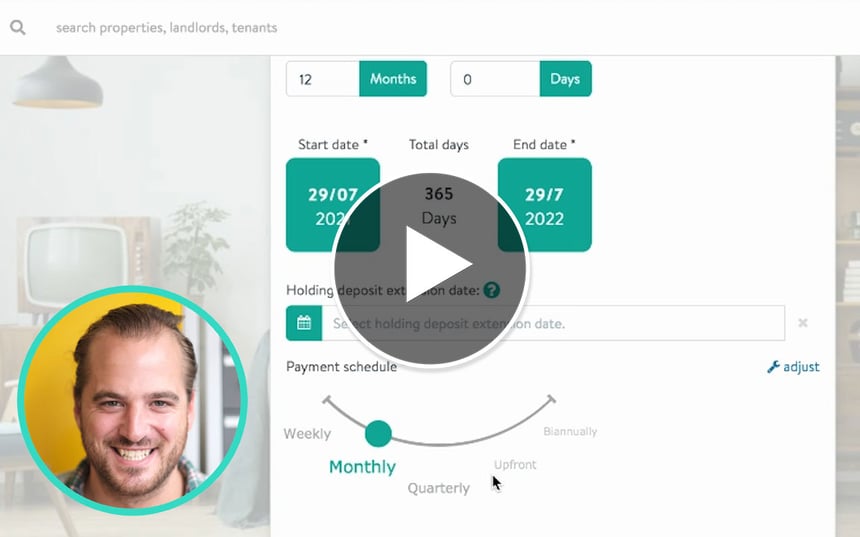How do letting agents handle swapping tenants mid-way through a student tenancy? The Tenancy Deposit Scheme gives their advice in this guide.
How should landlords and agents approach tenant swaps?
Strictly speaking, the best way is to bring the existing tenancy to an end, check the tenants out and distribute the deposit. However we accept that this is usually not practical, and here is the advice we normally give as given in our Guidance Document, ‘Change of Sharers mid-Tenancy’.
When the outgoing tenant has found a replacement, the deposit holder should collect the appropriate share of the deposit from the incoming tenant.
- A new tenancy agreement should be drawn up for all of the tenants who will now be in occupation to sign, including the incoming tenant. Note – that by creating a new tenancy agreement, security of tenure is created for another six months.
- In this new tenancy agreement, include an individually negotiated clause which binds all tenants to the inventory which was created at the start of the original tenancy. It should be made clear to the incoming tenant, in writing, that their deposit refund will be based on this document.
- The outgoing tenant should sign a waiver to confirm that they relinquish any claim to the deposit on the new deposit. Their share of the deposit can then be released to them.
- Deposit protection for the original tenancy should be ended in the TDS database.
- A new tenancy should be created in the TDS database and the new deposit protected. All of the occupying tenants must also receive new prescribed information.
Can I just add an addendum to the existing tenancy agreement?
We advise creating a new tenancy agreement as it better protects against all eventualities.
You can just use an addendum but make sure that new prescribed information is issued and that the incoming tenant agrees in writing to be bound by the original inventory. If the incoming tenant refuses to do this, you may wish to consider checking out all tenants to avoid disputes later on.
Can I just let them sort it out between themselves?
Well, if you choose to, you can. But be aware that should the incoming tenant not reimburse the outgoing tenant, and you have created a replacement tenancy agreement, then the outgoing tenant may be able to raise a dispute – which could leave the deposit holder with a shortfall on the deposit held.
This article was originally published at tenancydepositscheme.com.












